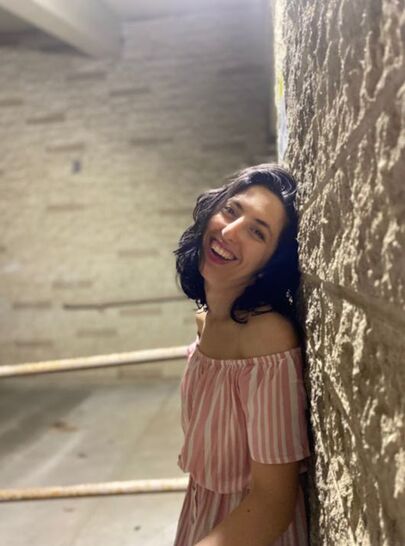Where She Stands
|
Where She Stands chronicles the excitements, embarrassments, and general goings on of a disabled, queer, life loving woman: That’s me, Sonya! I started writing down my thoughts on Spastically Yours and realized that my hodge-podge of identities gives me something unique to share! What that ‘something’ is can be hilarious, heartbreaking, eye-opening, OR just another millennial rambling, who’s to say?! No matter which way ya slice it, we all have a voice. And Where She Stands is one person not waiting to share hers. You can see my Spastically Yours posts and New Stuff™ here, with a new post going live about once a month, when I have time in between going to school full time, making art, wooing The Ladies, and smashing the patriarchy. So click around- maybe you’ll laugh, maybe you’ll learn, or maybe you’ll use this to procrastinate that thing you said you’d finish yesterday. Really it’s a win-win-win. |


 RSS Feed
RSS Feed
